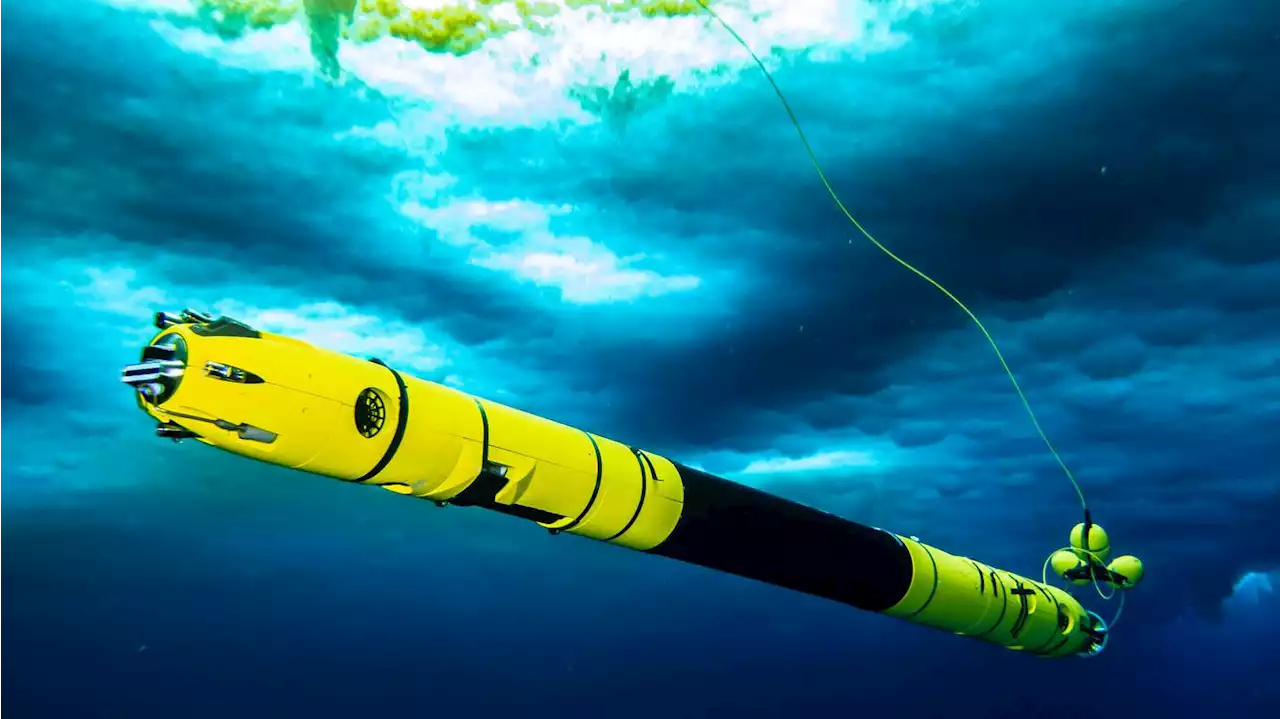Thwaites Glacier, the largest glacier in West Antarctica, is melting faster in some spots than its shape would at first suggest, new studies show.
found that water that is well above freezing is located near the grounding zone, but not all of it is reaching the base of the ice.
Should the even warmer water reach the base of the ice, retreat would likely quicken, and it may be much higher in other parts of the glacier this study did not examine. "This means we should be worried, very worried for the other places where the melt [rates are] high and the retreat is high. The system is very sensitive to the ocean, more than we thought."looked at the topography of the glacier's grounding line, and found the ice shelf melting faster where there are steep slopes and crevasses carved into the ice.
"Overall, these papers don’t really change my level of worry about Thwaites collapse or not," said Richard Alley, a climate scientist at Penn State University who was not involved in the new research.
United States Latest News, United States Headlines
Similar News:You can also read news stories similar to this one that we have collected from other news sources.
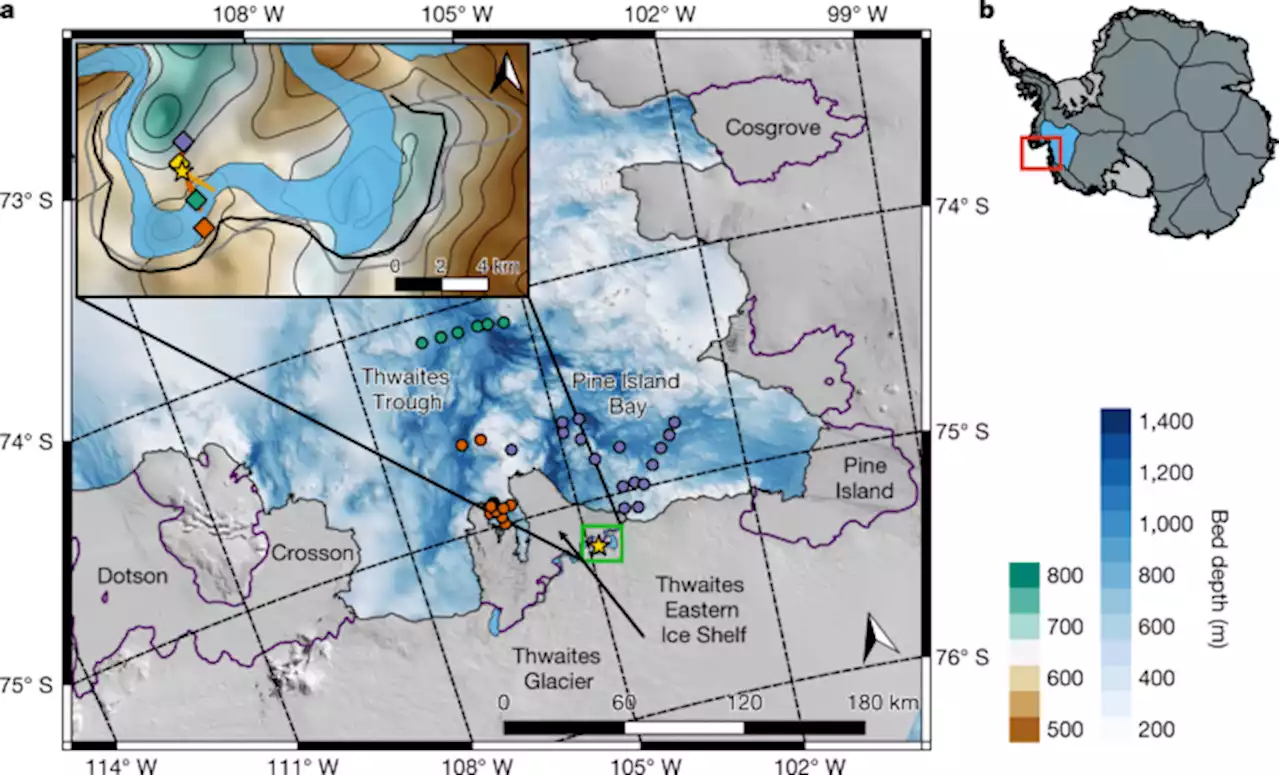 Suppressed basal melting in the eastern Thwaites Glacier grounding zone - NatureDespite observations from a hot-water-drilled access hole showing warm ocean waters beneath Thwaites Glacier Eastern Ice Shelf, the basal melt rate is strongly suppressed due to the low current speeds and strong density stratification.
Suppressed basal melting in the eastern Thwaites Glacier grounding zone - NatureDespite observations from a hot-water-drilled access hole showing warm ocean waters beneath Thwaites Glacier Eastern Ice Shelf, the basal melt rate is strongly suppressed due to the low current speeds and strong density stratification.
Read more »
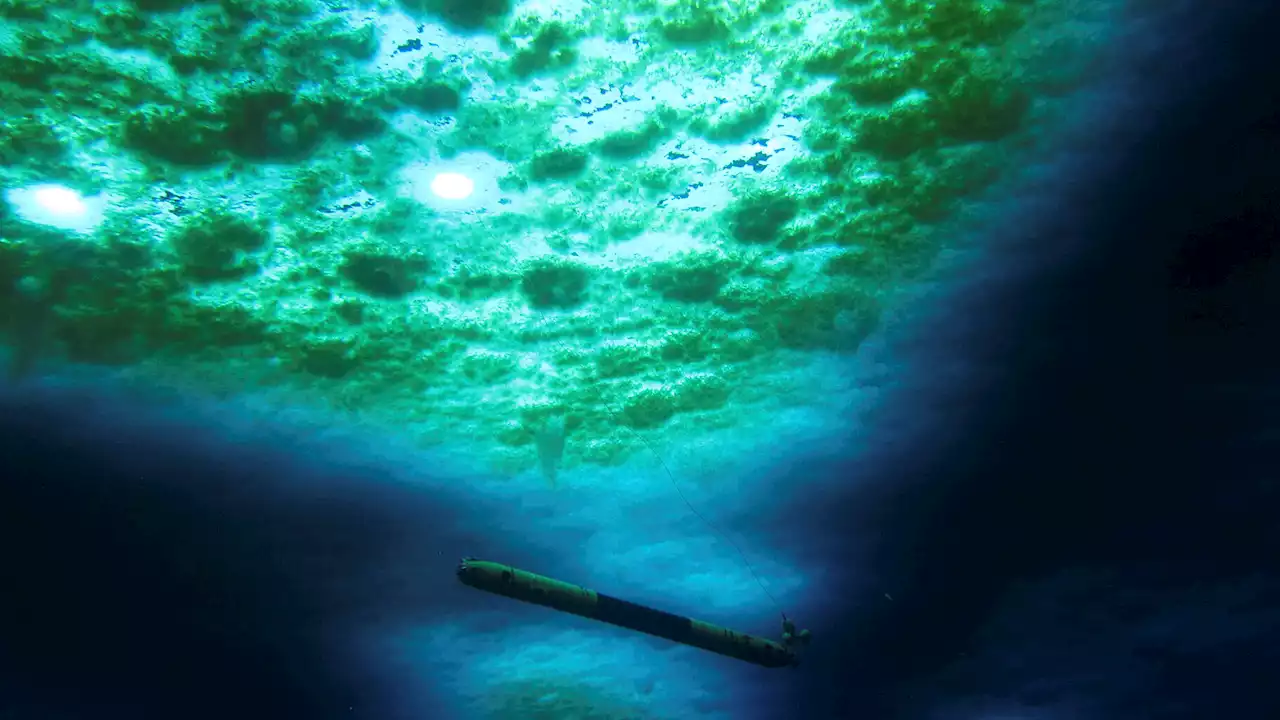 Robot Documents Forces Eroding Florida-Sized ‘Doomsday Glacier’ in AntarcticaUsing a 13-foot pencil-shaped robot that swam under the grounding line where ice first juts over the sea, scientists saw a shimmery critical point in Thwaites’ chaotic breakup, “where it’s melting so quickly there, there’s just material streaming out of the glacier.”
Robot Documents Forces Eroding Florida-Sized ‘Doomsday Glacier’ in AntarcticaUsing a 13-foot pencil-shaped robot that swam under the grounding line where ice first juts over the sea, scientists saw a shimmery critical point in Thwaites’ chaotic breakup, “where it’s melting so quickly there, there’s just material streaming out of the glacier.”
Read more »
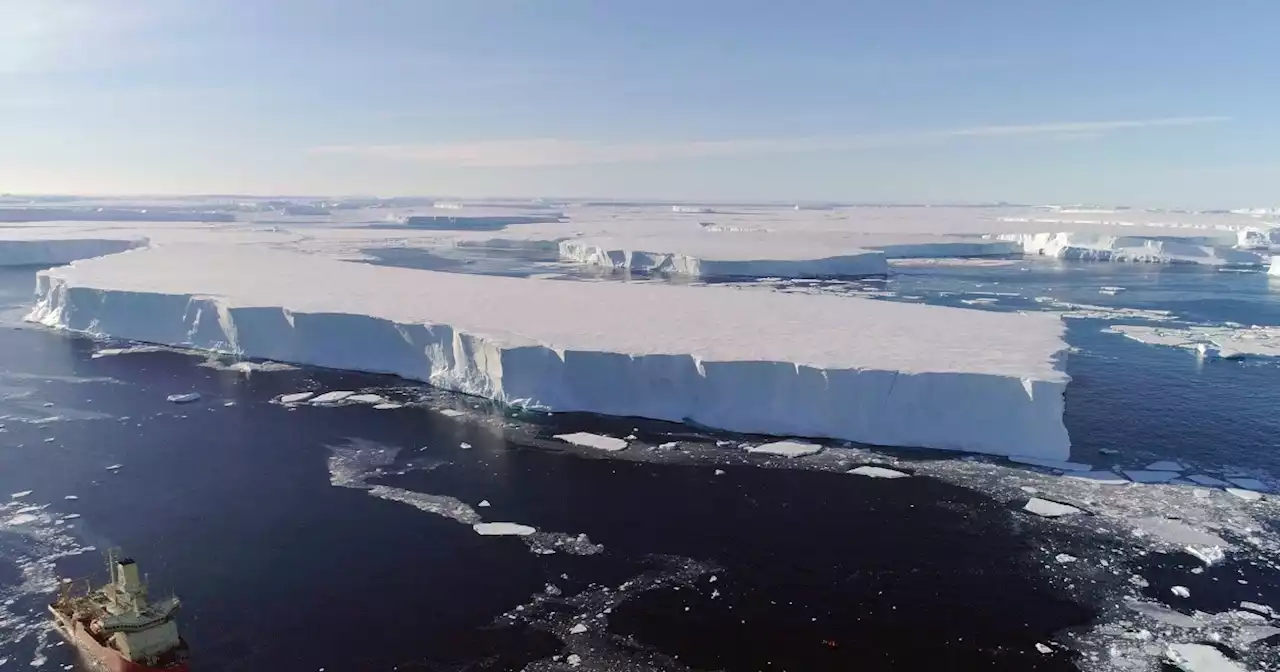 Scientists take a peek below Antarctica's 'doomsday glacier'Scientists are relying on an underwater robot dubbed Icefin to study Antarctica's rapidly melting Thwaites Glacier. The drone has provided some of the clearest insights into how the iceberg is thinning from below.
Scientists take a peek below Antarctica's 'doomsday glacier'Scientists are relying on an underwater robot dubbed Icefin to study Antarctica's rapidly melting Thwaites Glacier. The drone has provided some of the clearest insights into how the iceberg is thinning from below.
Read more »
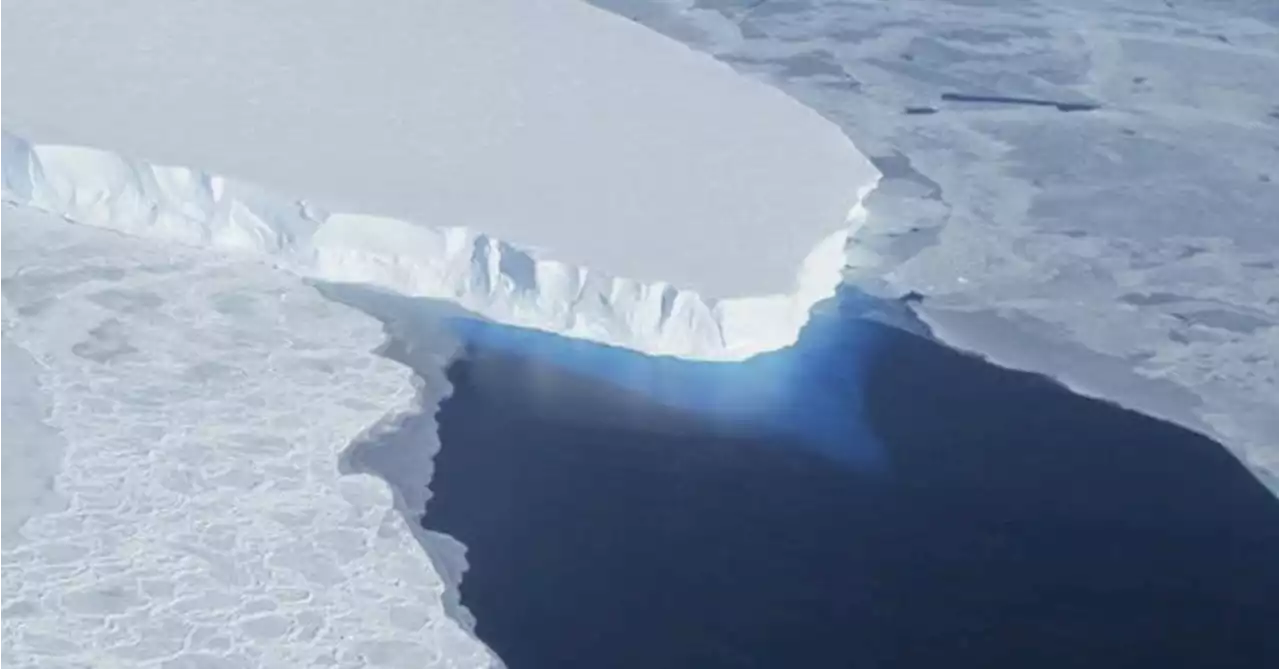 Warm water melts weak spots on Antarctica's 'Doomsday Glacier', say scientistsScientists studying Antarctica's vast Thwaites Glacier - nicknamed the Doomsday Glacier - say warm water is seeping into its weak spots, worsening melting caused by rising temperatures, two papers published in Nature journal showed on Wednesday.
Warm water melts weak spots on Antarctica's 'Doomsday Glacier', say scientistsScientists studying Antarctica's vast Thwaites Glacier - nicknamed the Doomsday Glacier - say warm water is seeping into its weak spots, worsening melting caused by rising temperatures, two papers published in Nature journal showed on Wednesday.
Read more »
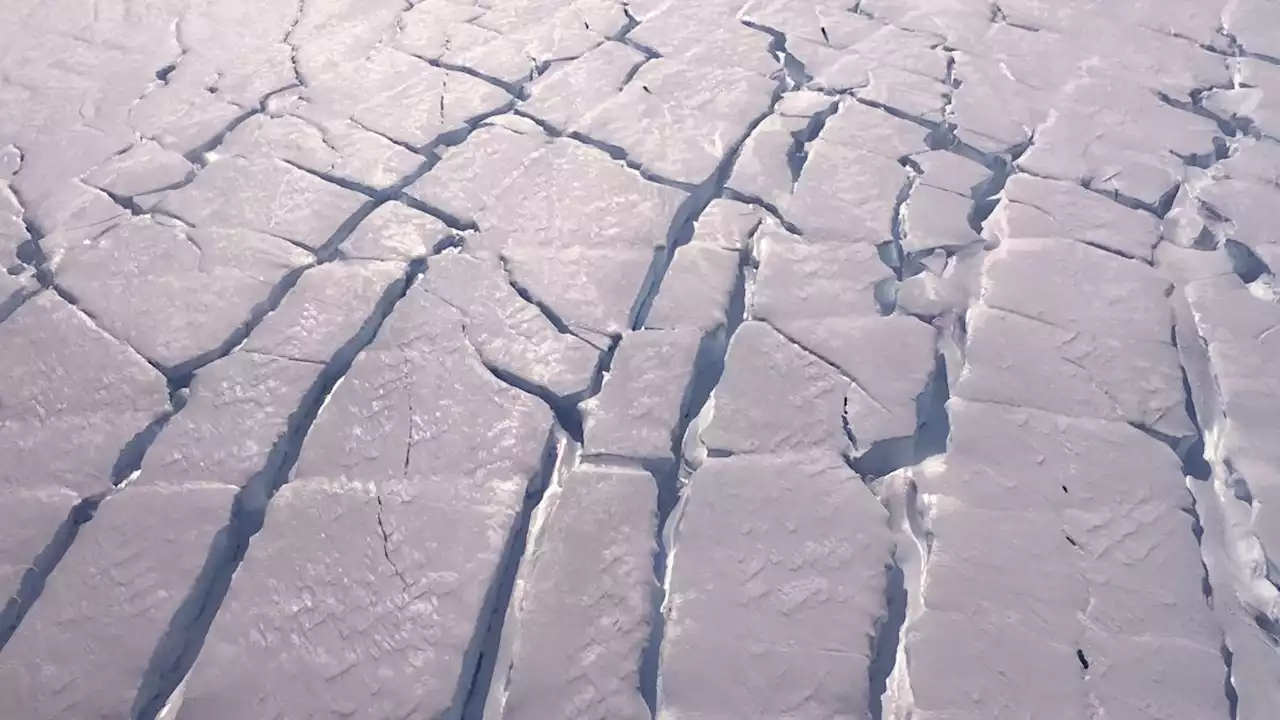 Doomsday Glacier is melting slower than previously thought — but it's still in big troubleThwaites Glacier in West Antarctica, known as the Doomsday Glacier for the role its melt could play in global sea level rise, is melting more slowly than previously estimated, new research finds. But the glacier is still in trouble.
Doomsday Glacier is melting slower than previously thought — but it's still in big troubleThwaites Glacier in West Antarctica, known as the Doomsday Glacier for the role its melt could play in global sea level rise, is melting more slowly than previously estimated, new research finds. But the glacier is still in trouble.
Read more »
